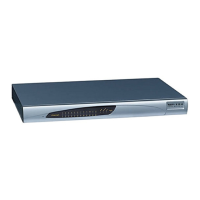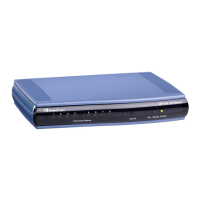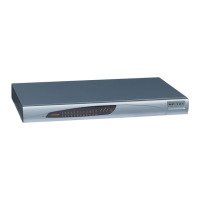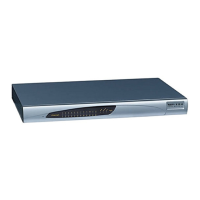3. Define the number of rings before the device starts the detection of caller ID (using the
parameter RingsBeforeCallerID).
4. Verify that the value of the parameter CountryCoefficients
5. Connect a phone to the analog line of the PBX (instead of to the device's FXO
interface) and verify that it displays the caller ID.
is correct (the device is
unable to recognize caller ID signals that are distorted).
If the above does not solve the problem, you need to record the caller ID signal (and send it
to AudioCodes), as described below.
To record the caller ID signal using the debug recording mechanism:
1. Access the FAE page (by appending "FAE" to the device's IP address in the Web
browser's URL, for example, http://10.13.4.13/FAE).
2. Press the Cmd Shell
3. Enter the following commands:
link.
dr
ait <IP address of PC to collect the debug traces sent from the
device>
AddChannelIdTrace ALL-WITH-PCM
Start
<port number, which starts from 0>
4. Make a call to the FXO.
5. To stop the DR recording, at the CLI prompt, type STOP
.
9.15.8.3 Caller ID on the IP Side
Caller ID is provided by the SIP From header containing the caller's name and "number",
for example:
The P-asserted (or P-preferred) headers are used to present the originating party’s caller ID
even when the caller ID is restricted. These headers are used together with the Privacy
header.
If Caller ID is restricted:
• The From header is set to “anonymous” <anonymous@anonymous.invalid>
• The ‘Privacy: id’ header is included
• The P-Asserted-Identity (or P-preferred-Identity) header shows the caller ID
If Caller ID is allowed:
• The From header shows the caller ID
• The ‘Privacy: none’ header is included
• The P-Asserted-Identity (or P-preferred-Identity) header shows the caller ID

